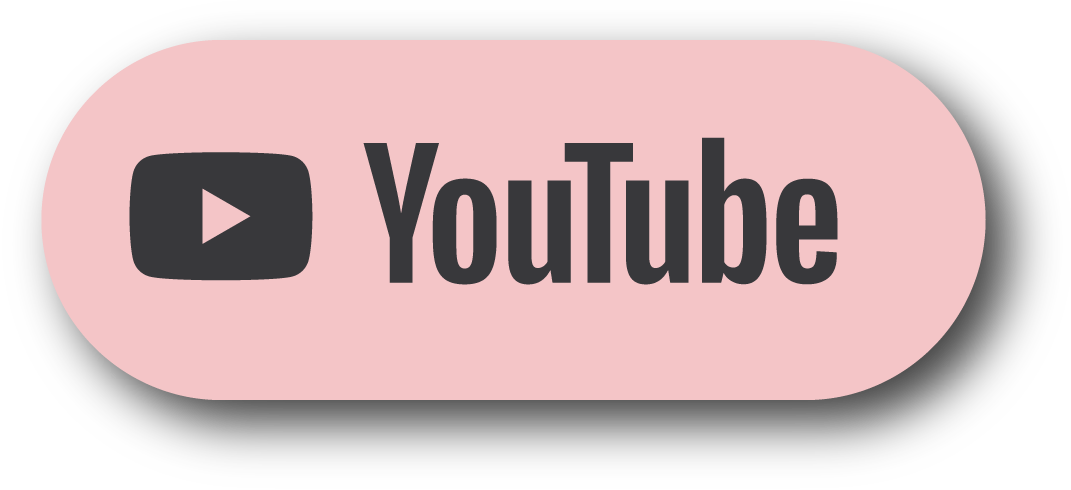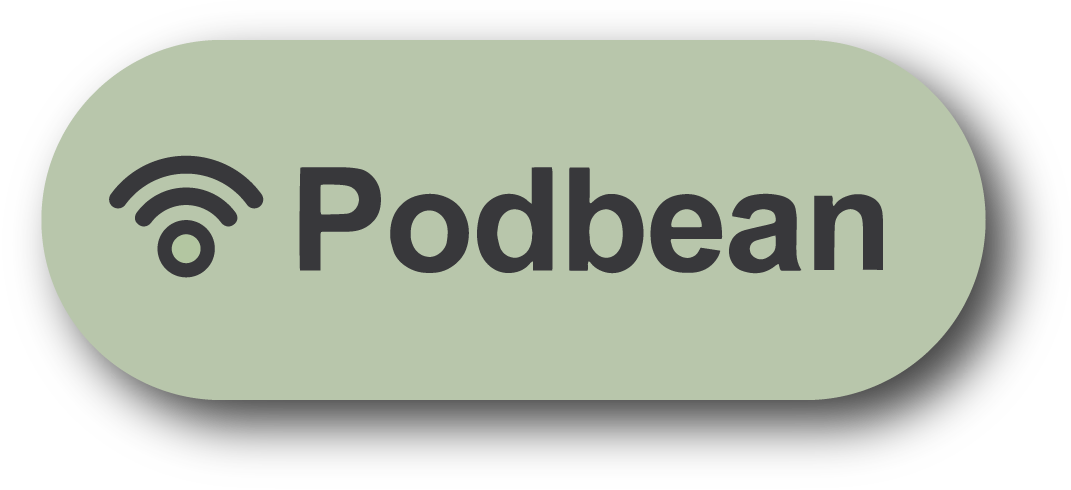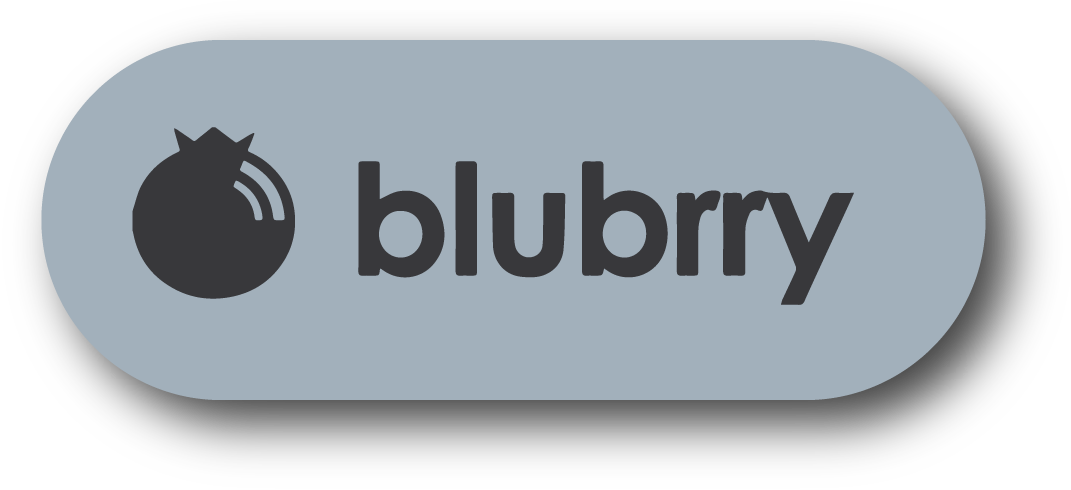#202 - TIPS FOR CREATING A GREAT DESIGN PRESENTATION
SUMMARY
THE 3 ESSENTIAL COMPONENTS AND AVOIDING COMMON TRAPS!
This week David and Marina discuss tips and tactics for creating a design presentation. The two cover the different scenarios to prepare for, the three most important components of any design presentation, how to include research and data, balancing beauty and clarity, tips if you’re struggling to make a presentation look good, presentation process strategies, and traps to avoid, and more. Enjoy!
TIMESTAMPS
(04:45) Giving a presentation and the different presentation scenarios to prepare for.
(07:40) The three essential components to any design presentation—The artifact, the ideas, and how the two relate—and why all three need to be part of the presentation.
(11:45) Why the majority of the presentation might not be about the building itself; presenting the ‘how’ and ‘why’ behind a building.
(17:34) The right way to include research and data in a presentation.
(21:22) Representing the building’s future and the impact it has on its users.
(26:05) The worst way you can approach creating a design presentation. Thinking about the presentation as having multiple-dimensions. The balance between achieving beauty and clarity in a presentation.
(32:33) Is the representation of design more important than the design itself? Graphics for competitions.
(36:55) Presentation graphic styles and genres.
(39:15) If you're having problems creating a presentation, then your design probably is struggling too or you’ve forgotten to show the things you already know!
(42:29) Presentation making process tips.
(48:02) Tricks to use if you’re struggling making the graphics of your presentation look good.
(54:30) Mimicking other types of layouts from other industries.
(58:55) Creating the most convincing presentation means, closing the ‘distance’ between the graphic and verbal portions of the presentation.
(01:04:10) Different processes for making a presentation, some tips for making it better, and traps to avoid: Laying it all out; being loose; creating rough drafts the right way; doing tests; starting simple; including text; getting detailed; putting enough ink on the page; fonts.
(01:17:22) Summary.









